Disney movies were always known for their princesses and being saved by Prince Charming.
While there were different princesses, the storyline was always the same thing. The princess always needs saving by the prince. It was always love at first sight. Dreams coming true. Defeating a villain and becoming a hero.
But real life isn’t like the fairytales. Some relationships form from complex life events that can turn into a vicious cycle that can be hard to break.
Let’s learn more about the effect of trauma bonds on relationships.
What is a Trauma Bond?
A trauma bond is a form of unhealthy attachment that occurs after experiencing a type of trauma, usually emotional or physical trauma, that is immediately followed by a type of positive reinforcement.
Trauma bonds most often form in romantic relationships, but it can also form in different scenarios like between a child and a caregiver who is abusive or between a hostage and their kidnapper. Trauma bonds can even form between friends and colleagues.
What are the Signs of Trauma Bonding?
Healthy relationships look a lot different compared to a relationship with trauma bonding. A healthy relationship involves things like trust, support, respect, safety, security, and accountability. In an unhealthy relationship or a relationship that shows signs of trauma bonding, one partner in the relationship will often try to cover up for their abuser, justify the abuse that is happening, get defensive if the abuse is brought up, isolate from loved ones, and not want to or will have a difficult time leaving the abuser and relationship.
What Trauma Bonding Looks Like in a Relationship
When a trauma bond is evident in a relationship, an abuser may try to convince their partner who is being emotionally or physically abused that they will change or that they only acted a certain way out of love. They may even promise the person that it won’t ever happen again. The cycle of abuse and positive reinforcement can be a hard one to break as the victim will have a hard time registering the abuse that is occurring due to the slight glimmer of hope in the moments of positivity.

If a trauma bond is left untreated, it can lead to other problems in one’s life lie the following:
- Chronic illness
- Dissociation
- Emotional distress
- Flashbacks
- Post-traumatic stress disorder (PTSD)
- Sleeping problems
The Cycle of Trauma Bonding in a Relationship
There are seven stages of the trauma bonding cycle. The cycle includes the following stages:
- Love Bombing
- Trust and Dependency
- Criticism
- Gaslighting
- Emotional Addiction
- Loss of Self
- Addiction
How to Break a Trauma Bond
Trauma bonds do not typically get better over time without proper treatment. Trauma bonds aren’t found in healthy relationships. While it may seem nearly impossible right now, breaking a trauma bond is possible with the right help and support. Even though it may feel like you’re alone, help is available to you when you’re ready to receive it.
These are a few of the steps you can take to start the process of breaking a trauma bond:
- Acknowledge what’s happening in the present
- Create and stick to boundaries
- Practice self-care
- Repeat positive mantras
- Separate an abuser’s actions versus their empty promises
- Write down events that occurred as evidence and reminders to yourself
One of the best ways to get support for a trauma bond is to seek additional support from a licensed and trained mental health professional. Working with a trained professional can help you process the thoughts and emotions that you have from the trauma bond. You will also be able to work on coping mechanisms and ways to move forward in your life again. It’s time to break that cycle. Reach out today to set up a consultation for trauma therapy.
About the author(s)
Karen is the founder and Clinical Director of Cohesive Therapy NYC. She earned a Masters in Social Work from New York University and has extensive training in Hypnosis, Anxiety, Cognitive Behavioral Therapy, Brainspotting, and DGBI. She is a member of the Institute of Certified Anxiety Treatment Professionals, The Rome Foundation, the National Association of Social Workers, The Crohn's and Colitis Foundation, and the American Social of Clinical Hypnosis.

